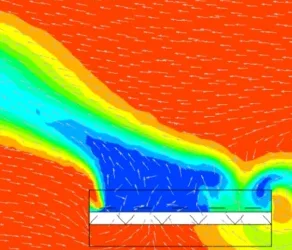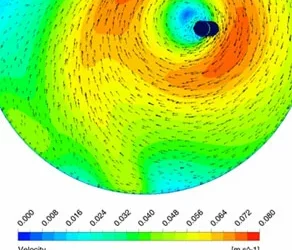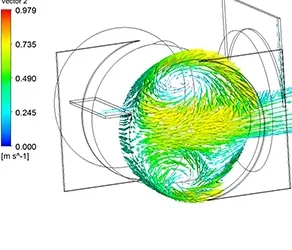CFD-simulering
What is CFD?
Computational fluid dynamics (CFD) offer fluid flow analyses using numerical solution methods. Rather than building prototypes and designing experimental setups, the performance of the design is simulated like structural mechanics.
Capability?
CFD makes it possible to simulate and study fluid flows for numerous applications. Typical points of interest include pressure drop, velocity fields (in the search of stagnation/dead zones), temperature field, HVAC, cooling, mixing capabilities, power consumption, chemical reactions, lift, and drag. More advanced capabilities of CFD are phenomena such as multi-phase flow, flow in porous media, fluid-structure interaction (FSI), gas bubbles in liquids, combustion, and vibrations due to fluid flow.
Design through simulation
CFD can provide detailed visualization, quantification, and conceptual understanding of the flow around or inside the modelled system or component. Results of the analyses can help pinpoint areas of interest for the design which can be hard to identify – even with prototypes and testing – due to the unpredictable nature of fluid flows. The design can be simulated during various operating conditions as it simple to use the existing CAD file of the given system or component. This also allows for easy analysis of any design changes. As CFD – like structural mechanics – represent an approximated solution of a physical problem, it cannot replace physical testing for final verification or certification. However, CFD can provide excellent understanding of the performance of the design with regards to flow and provide guidelines for the next steps in the design process.
Increase value?
Since prototyping and testing often represent a costly and time-consuming investment, CFD is a valuable tool for quality-by-design and troubleshooting production. CFD can also help locate cause of failure or unexpected system behavior thus contributing to the correct cause of action and decreasing down time.
- Reduce cost and time expenditures when developing new products
- Increase performance and efficiency
- Flow specification compliance
- Decrease pressure drop
- Reduce energy consumption
- Parametric design evaluation
- Increase understanding of the flow for the specific system or component
- Predict and pinpoint crucial areas af fecting the system/component and flow
- Effects of product scaling
Though often more complex than typical structural mechanics, CFD have the potential to save a significant amount of time and money in the design process asp rototyping and testing becomes unnecessary, since designers can “lean on the results of the CFD – analyses for improving and optimizing the design based”/”base choices of design on results of CFD..”.
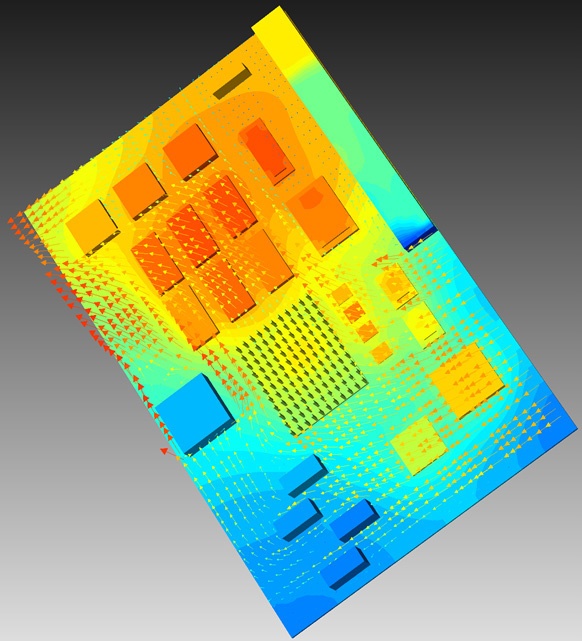
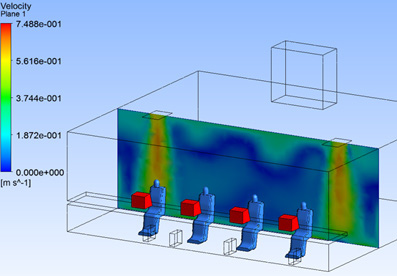
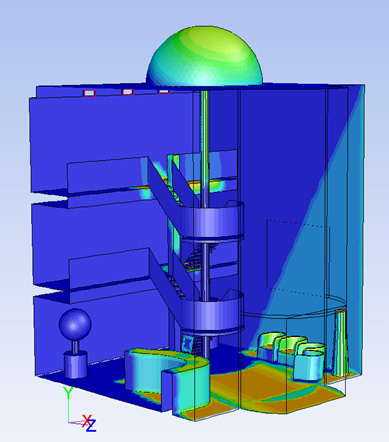
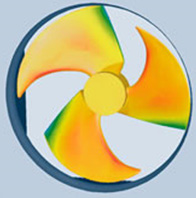

Kontakt Mikael
Udvalgte cases
Varmepumper i stor skala
FormålVisualisere og vurdere effekten af varmepumpens kuldeudbredelse ved forskellige operations- og vejrbetingelser samt byggehøjder. Grundet nærliggende bygninger, kan recirkulation ligeledes være et problem. Derfor undersøges effekten af læhegn på varmepumpens...
CFD-simulering af impeller
CFD (Computational Fluid Dynamics) eller fluidmekanik omfatter analyser indenfor flow-simulering af væske og gasser samt termiske beregninger. Vi anvender primært ANSYS CFX til CFD-beregning. Vi udfører simuleringer til bestemmelse af luftmodstand, laminare- og...
System cleaners
CFD af rørsystemSystem Cleaners (Systemcleaners.com) udvikler, producerer, sælger og servicerer effektive og moderne rengøringsløsninger til fødevareindustrien. Målet er at forbedre hygiejneniveauet og reducere rengøringstiden, hvilket effektiviserer...
Kontakt os og lad os tage en snak omkring et muligt samarbejde eller en konkret opgave

